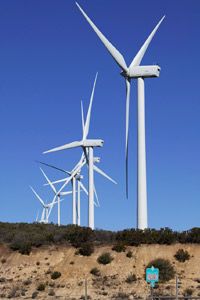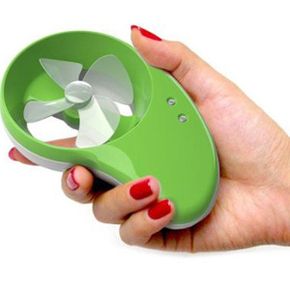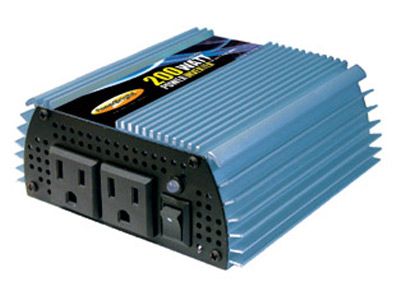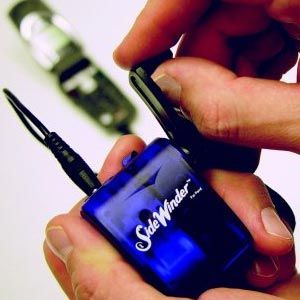At the 2007 Glastonbury Festival of arts in Somerset, England, patrons arrived to find a strange contraption on the fairgrounds: a large, bright orange tent topped by a working wind turbine. It could have been a piece of modern art. Instead, it was a cell-phone charging station. People could plug right into the turbine's power unit and recharge.
Wind power is one of the fastest-growing segments of the green power industry, with worldwide capacity increasing by nearly 30 percent from 2007 to 2008 [source: AWEA]. This power capacity is mostly in the form of huge wind farms, though. Most people can't afford to own a wind turbine, which can run thousands of dollars for a residential setup. But a recent innovation in the technology has made it much more accessible to the average consumer: You can now use a shrunken, plastic windmill to recharge your cell phone. It's not as fast as a plugging in to a wall outlet, but the idea behind the wind-turbine charger is that you don't always have access to a traditional outlet. Now, when you venture away from civilization, you can still make use of a cell phone. If you run out of juice, you can create more by harnessing the wind.
Advertisement
These wind-power chargers are still quite new. In this article, we'll take a look at the two primary ones out there. One is still in prototype stage -- that's the Orange Wind Charger announced at Glastonbury. It's a straightforward wind-turbine design that generates electricity to power a mobile gadget. The device that's already on the market is called the HYmini, and it offers a wider variety of power-source options, one of which is wind.
Let's begin with a look inside a wind-powered phone charger. As it turns out, it's a whole lot like a 60-foot (18-meter) wind turbine, only it fits in a backpack.
Advertisement





